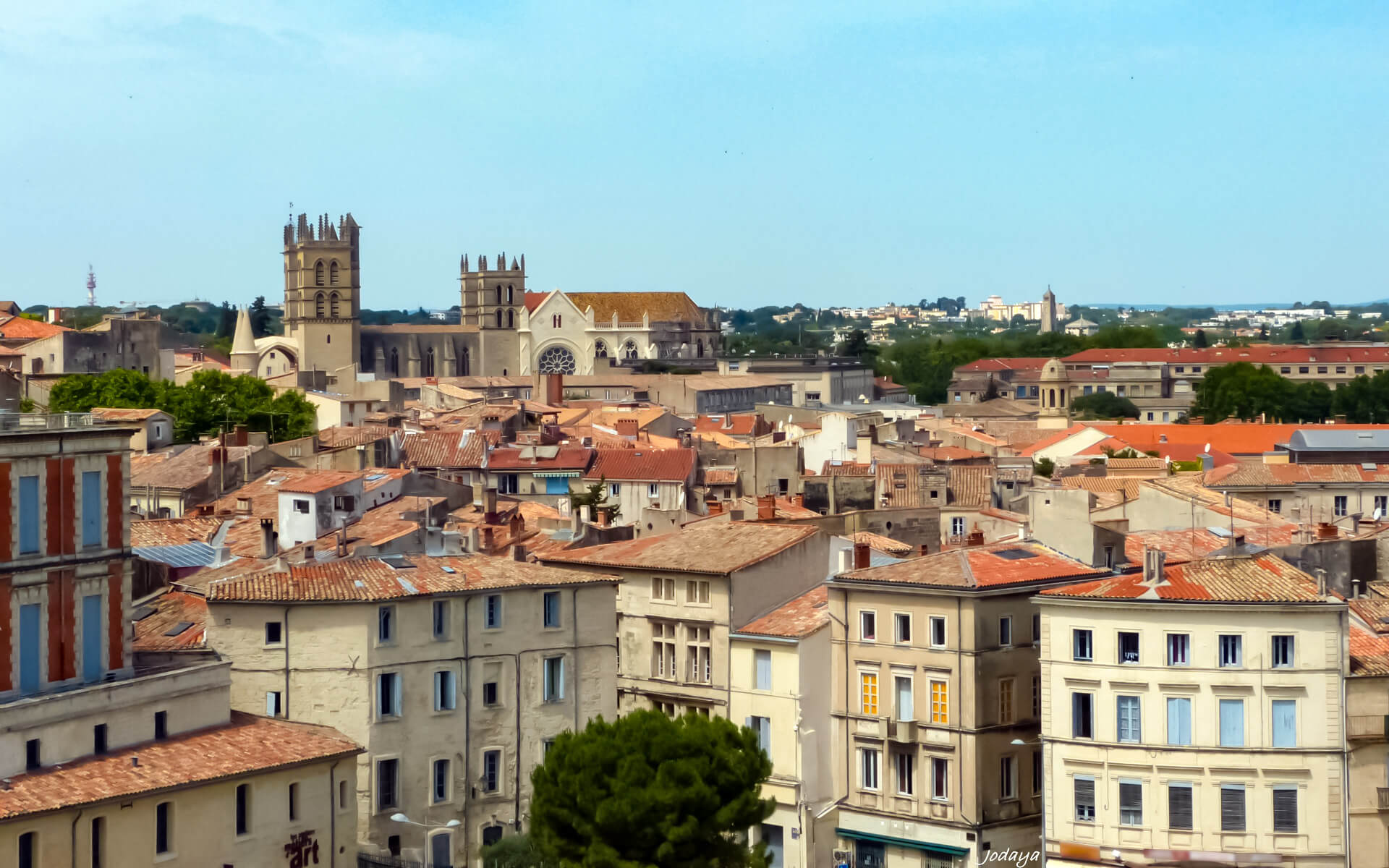Montpellier is the capital of the southwest French region of Languedoc-Roussillon. It has been the fastest growing city in France over the last 25 years, and as a consequence, it has relatively contemporary surroundings that contrast sharply with the ancient meandering roadways of the city center. Because of the existence of the University of Montpellier, which contains Europe’s oldest medical school, the town is home to a large number of students, and as a result, Montpellier has a very youthful air to it.
Montpellier’s climate is one of the city’s main attractions. It enjoys a moderate winter and a dry Mediterranean summer. The city itself is not on the beach, but it is readily accessible by public transportation, and there are other lovely towns nearby that can be reached by bus for a day excursion.
Montpellier has a Mediterranean climate, with moderate, wet winters and hot, dry summers. The monthly mean temperature varies from 7.1 degrees Celsius (44.8 degrees Fahrenheit) in January to 23.4 degrees Celsius (74.1 degrees Fahrenheit) in July. Precipitation averages roughly 660 millimetres (26.0 in) and is highest in the autumn and winter, although not absent in the summer. Extreme temperatures have varied from 17.8 degrees Celsius (0.04 degrees Fahrenheit) on February 5, 1963 to 37.5 degrees Celsius (99.5 degrees Fahrenheit) on July 17, 1990.
The city is located 10 kilometers (6 miles) inland from the Mediterranean shore on the River Lez. The city’s name, which was formerly Monspessulanus, is claimed to have stood for mont pelé (the naked hill, since the vegetation was scarce) or le mont de la colline (the mountain of the colline) (the mount of the hill)
Montpellier is 170 kilometers (106 miles) from Marseille and 242 kilometers (150 miles) from Toulouse. It is 748 kilometers (465 miles) from France’s capital, Paris.
Montpellier’s highest point, at 57 meters, is the Place du Peyrou (187 ft). Because the city is constructed on two hills, Montpellier and Montpelliéret, several of its streets have significant height disparities. Some of its streets are also relatively tiny and historic, lending to a more personal atmosphere.


